Product testing and certification can be expensive. Consultants and lab testing services can charge thousands of dollars. As such, suppliers have an incentive to cut corners by either creating or buying fake lab test reports and product certificates for a fraction of what it would cost to do it the right way.
In many, if not most, cases, suppliers are not even aware of the fact that the compliance documents are invalid.
The unfortunate result is that businesses buy non-compliant and unsafe products on the basis of fake test reports and certificates. This has the direct effect of exposing their own business to financial ruin and their customers to potentially lethal products. Think exploding phone chargers and toxic toys.
This guide explains what you can do to identify fake test reports, certificates, and other compliance documents.
Content Overview

FREE CONSULTATION CALL (30 MIN)
 Ask questions about compliance requirements
Ask questions about compliance requirements Countries/markets:
Countries/markets:
 Learn how we can help your business
Learn how we can help your business
You will speak with:Ivan Malloci or John Vinod Khiatani
Types of fake compliance documents
Here are some of the types of forged and altered documents you must be aware of:
Test reports
1. Altered test reports – this includes test reports with an altered result (for example, pass instead of fail)
2. Fake test reports – no testing actually took place
3. Test reports taken from other suppliers
4. Test reports valid for different products
Product certificates
1. Product certificates or declarations with any basis in regulations (in other words, completely made up)
2. Product certificates or declarations that are not supported by actual testing
It’s a jungle out there, so it’s important to know what you may encounter when vetting suppliers. I go into more details further down in this guide.
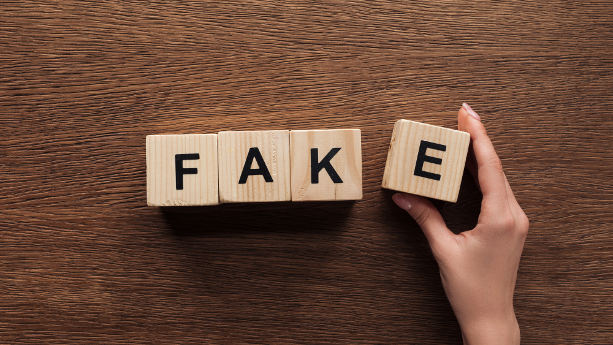
Test Reports
Test reports provide information about product lab tests carried out on a certain product, according to a set of standards or rules. Here are some examples:
- Electrical safety test reports
- Chemicals and heavy metals test reports
- Toy safety test reports
- Flammability test reports
Note that a test report is only valid for a certain product, according to the standards listed in the report. Test reports are used as the basis of demonstrating that a certain product is compliant.
Altered test reports
This is perhaps the oldest trick in the book. Take an existing lab test report you found online or obtained a few years ago, and change the supplier name and product model in photoshop.
All of a sudden, you have a lab test report that looks perfectly legit.
I remember the first time this happened to me. I think it was back in 2012, and we were working on an order of PVC rolls heading for Europe. The supplier promised to cover the REACH testing fee and sent us a lab test report from SGS a few days before the shipment date.
The first thing we did was to send the test report PDF to SGS for verification, who quickly confirmed that the test report was a forgery. There was indeed a test report with that same number – issued the same week – but for a completely different material.
I quickly realised that the supplier had altered a legitimate test report by switching out the product. Apparently, they had booked a lab test for a different production run and intended to save themselves a few hundred dollars by doing a “two for one” deal.
We confronted the supplier sales rep later that day, who only had this to say: “Oh, I didn’t know you could verify lab test reports”.
Tips
1. Always verify lab test reports by contacting the issuing company
2. Compare the data on the test reports to the data in the issuing company’s database
Fake test reports
Why pay hundreds or even thousands of dollars to Intertek or QIMA when you can just create a test report yourself? Or, at the very least, buy a seemingly legit test report from some bogus company that nobody has ever heard of?
To be honest, I think some suppliers buy lab test reports without realising the danger they put their buyers and end customers in. As I said, many of them see it as mere paperwork needed to get the order.
Keep in mind that customs authorities and national market surveillance authorities do know the difference between a ‘real’ test report and one issued by a bogus company. Don’t assume that they will accept anything at face value.
Tips
1. Check if the issuing testing company is accredited in the US, EU or UK (e.g. on the CPSC accepted testing companies list)
2. Only accept test reports from established companies, such as the following:
- Intertek
- SGS
- QIMA
- Bureau Veritas
- TUV Rheinland
- TUV SUD
- TUV Nord
- UL
- Eurofins
- CMA Testing & Certification
- HQTS
- STC Group
- Hohenstein
Note: This is not an exhaustive list. These are just examples of companies that are generally deemed to be reliable.
Test reports from other manufacturers
While not necessarily fake, test reports from completely unrelated companies are equally worthless and dangerous to buyers. A lab test report only has value if it’s valid for the product you buy from that same supplier. That said, it’s not uncommon for a supplier to send test reports owned by subcontractors or unrelated manufacturers when buyers ask for compliance documents.
They often claim that the test reports come from a ‘partner factory’ or something similar.
However, unless the test report can be linked to your supplier, it’s useless – both for the sake of assessing their compliance track record and also as a support document for your specific product.
I know for a fact that both national surveillance authorities and Amazon carefully compare the supplier name on the test report to other documentation, such as the commercial invoice, to establish if it’s applicable to the product.
Tips
1. Always check the supplier name on the test report
2. Is it matching the name of your supplier?
Test reports valid for other products
A test report is meant to demonstrate if a certain product passed testing according to certain regulations and standards. Obviously, you cannot use a test report for a Bluetooth speaker as proof of compliance for a vacuum cleaner. These are entirely different products.
Yet, this thing happens all the time. Buyers ask suppliers for test reports, and they get what they ask for – but for another product.
Such test reports can be useful when assessing whether a supplier has experience manufacturing products in compliance with certain regulations and standards. However, these cannot be used to demonstrate compliance.
Tips
1. Are the product name and model number/SKU in the test report matching?
2. Is there a product image in the test report, and is it the right product?
Other examples
1. Test reports based on partial testing – the supplier or testing company omitted certain safety aspects from the testing program
2. Test reports claiming to cover multiple different SKUs, but only one or a few were actually tested
Product Certificates and Declarations
Imagine a product certificate that makes your compliance headache go away in an instant. These days, it seems that every supplier has them. That would be a great thing if most of them were not entirely useless and outright dangerous.
So, what is a product certificate? Most product certificates are self-issued compliance statements, essentially stating that a certain product, sold by a certain company, conforms to a set of standards and regulations.
Examples include the Declaration of Conformity in the EU and the Children’s Product Certificate in the United States.
Recommended Articles
- Product Certification Requirements in the United States
- Product Certification Requirements in the European Union
Certificate of Conformity/CE Certificates
Commonly referred to as a “CE certificate”, and almost always issued by an unknown bogus company. Buyers love to think that these so-called CE certificates serve as substitutes for test reports and other documentation. That is, however, not the case.
These CE certificates often state that they are based on lab test results and a review of the technical documentation, but the supplier and issuing company can never provide additional documentation supporting the claims made in these elusive and mysterious “CE certificates”.
My conclusion is therefore that the documents are not based on any product testing or evaluation whatsoever, but solely created for the sake of tricking buyers, and possibly also the suppliers paying for them in the first place.
This is what the European Safety Federation has to say about it:
Unfortunately, we (the European Safety Federation = trade association of suppliers of PPE) are informed by different sources about ‘certificates’ or other documents used as basis for CE marking of PPE (including FFP2/FFP3 masks and eye protection), while these ‘certificates’ have no legal value and can not be used as conclusion of conformity assessment. It is not clear if these documents have actually been issued by the organisations mentioned themselves or if they are fake. ESF is not accusing them of doing so, we only want to inform and warn about these documents.
Note: Not all CE certificates are fake or invalid. There are legit companies issuing CE certificates, including Notified Bodies.
Compliance Assessment Certificates
This category is similar to the “CE certificates” described above. Compliance assessment certificates are official-looking documents claiming to ‘certify’ the product according to certain regulations or standards.
These documents normally include a list of regulations and standards on which the assessment is based. That said, such documents can rarely be provided. Even if they do have such documents, a compliance assessment report or certificate (they are often titled as certificates) it would still not serve as a replacement or substitute for the actual documentation.
Certificates and declarations not based on test reports
Issuing documents like a Declaration of Conformity or a Children’s Product Certificate can only be done on the basis of testing. However, some companies skip the testing and issue declarations and certificates based on nothing at all. These are not valid.
How common are fake test reports and certificates?
Over the years, we have vetted hundreds of companies in Asia and other parts of the world. To this day, we continue to encounter various types of fake and altered compliance documents to this day.
I do not have a specific percentage or other data to share, but it’s common that we find documents that are either entirely forgeries or with an adjusted result or other false information.
Why do suppliers provide fake test reports and certificates?
Manufacturers often see product compliance paperwork as a mere bureaucratic hurdle, rather than a serious concern for their business. If you ask me, this also makes sense, as it’s ultimately the importer’s responsibility to ensure that the product is compliant. In the end, it’s the importer that will face fines, forced recall or worse, not the supplier.
Yet, many suppliers have awoken to the fact that buyers start to ask for test reports and compliance documents. After losing an order or two, some of them might decide that it’s about time to do something about it.
So they reach out to testing companies online to ask for prices to get their product tested and certified. Assuming they contact one of the established players, such as Intertek or SGS, they’ll quickly realise that getting their products tested the right way is far too expensive.
I agree. It’s not viable for a supplier to finance the lab testing of products that customers may or may not buy at some point.
So what do they do instead? They go to a company that can provide a lab test report or “product certificate” at a far lower cost, or create one themselves using Word or Photoshop. Whether the test report is real or not doesn’t really matter – many buyers don’t care anyway.
Another explanation is that many suppliers are not even aware of the fact that their compliance documents are fake. What happens is that they reach out to certification who sell them certificates and test reports without any testing actually being done. Some suppliers are simply not aware of compliance requirements in other countries and markets.
As such, the lack of knowledge is an important factor. I would argue that it’s far more common that suppliers unknowingly send such documents rather than systematically create fakes. The latter is actually quite rare.
Who creates fake certificates and test reports?
These documents can either be created by the suppliers themselves or third parties that sell such documents as part of their business.
As mentioned, many suppliers reach out to the cheapest testing company they can find, and may obtain invalid documentation unknowingly.
Why do buyers accept fake compliance documents?
I’ve spent far too many hours of my life arguing with business people about product regulations. Sometimes they even become hostile, as if it were I who wrote the directives and regulations only for the sake of stirring trouble.
Many buyers also see product compliance as a roadblock. Something to “get around”.
It’s therefore not surprising that many importers accept any PDF file or JPG titled “CERTIFICATE” that their supplier throws at them.
Ultimately, they just want to get down to business.
What can happen if I import products without valid compliance documents?
Lab testing is mandatory for a wide range of products in the United States and the EU, including children’s products, medical supplies, electronics, and PPE. Here are some scenarios that may play out if you “get caught” with fake test reports and/or certification:
- Products seized by the customs authorities
- Fines or forced recall ordered by national market surveillance authorities
- Rejected product listing on Amazon
In a worst-case scenario, you may also be liable for death, injury or property damage.
Keep in mind that it’s always the importer that ends up on the losing end. Ultimately, it’s in your interest as an importer to ensure that your products are safe, tested and correctly documented.
What should I do to avoid fake test reports and certificates?
First of all, you must know the requirements that apply to your product. Do not rely on your suppliers to work this out for you.
Second, you must map out which declarations, certificates, and test reports you must obtain. Finally, all documents you receive must be carefully vetted:
- Are all regulations and standards fully covered? (to the extent that is necessary)
- Is the format correct?
- Is the product model/SKU correct?
- Is the product image correct?
- Is the supplier’s name correct?
- Is it up to date?
- Can the testing company confirm the validity?

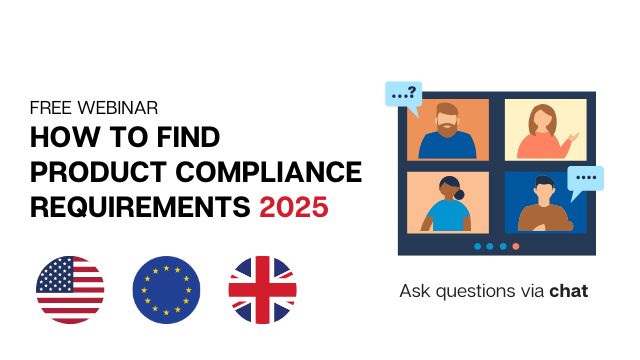



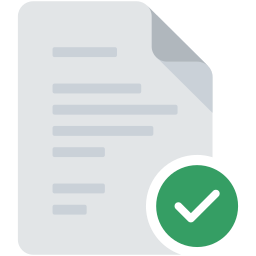

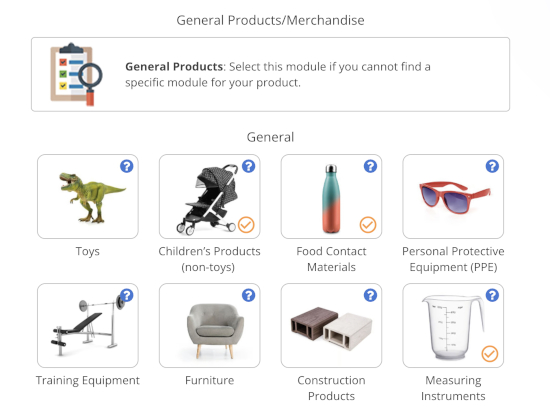





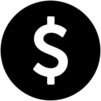
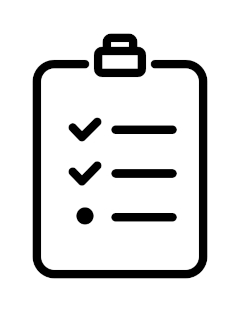

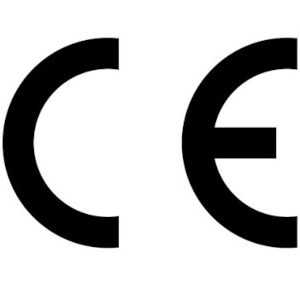




.png)
.png)
.png)
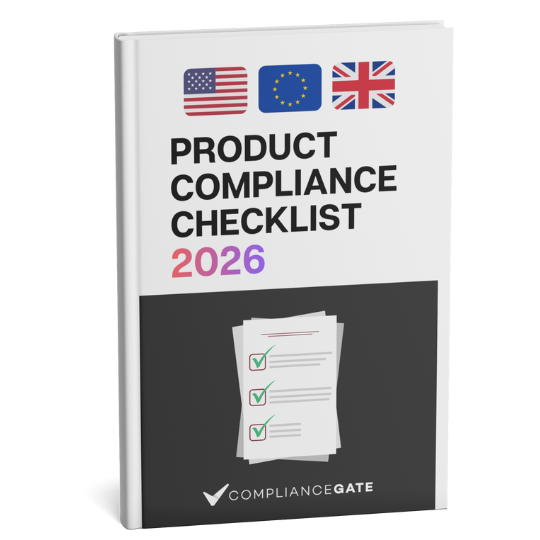
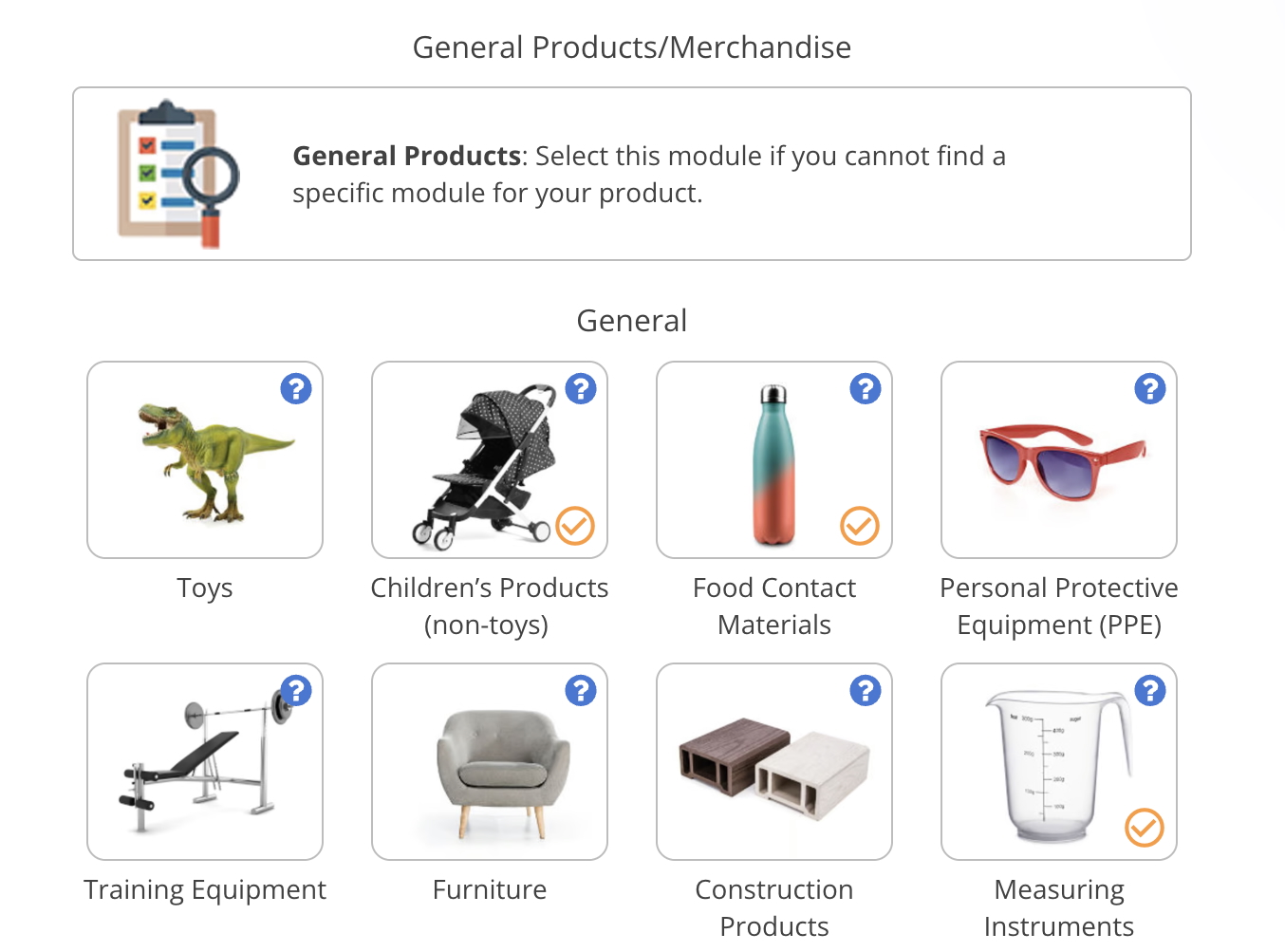



Hi Fredrik Gronkvist thanks for sharing some of your knowledge. Do you recommend and labs in the US that can test 2 products to determine whether or not they are the same or not.
Hi Imran,
I need to better understand the context. If they have the same materials, or something else?
having found a seller who lies about been manufacturer and they are only traders, they lied about their certification, twinning verification web pages, using descriptions of another certification and trying to pass it by another product ( this is highly sensitive machines , they are medical oxigen plants for covid aid oxigens ) where can I report it, my country govermenet offitials are aware but they are been brived under the table, is it such a thing as a sanction if a company issues fake certificates , where can we go about it.
Regards
Hi Fredrik, great article! Richard from Malaysia here. We assist our importers to purchase from legit manufacturers in Malaysia and some parts of Asia. Its a Gold Rush now and I have personally encountered many fake purchasers,fake LOI,POF and fake company profiles.Their goal is to find out our Batch & Lot numbers provided to the end buyers from the manufacturer so that they could get our legit documents and resell to other buyers in the market. Once bitten and twice shy, our funneling/filtering process of legit importers is quite a handful at some point, some has even resorted to use legal letter of attestation to get info from us.
While this industry’s legitimate players are available,it is my job to find out if they are to complete the deal and ensure everything is smooth until the goods are finally taken out from the warehouse…phew that being said, i think i need a vacation in a quiet place once my clients has taken their stock. Take care and thank you!
Hello Richard,
Thank you!
Yes, it’s the wild west (or east?) out there
For how long are product test reports valid in the EU?
Hi Victoria,
Normally test reports don’t have an expiry date.
as long as there is no change in supplier, materials, model, colors, standards and legislation listed on the testreport the report is still valid. There is no rule of thumb. Keep up to date with changes of legislation and standards and retest when needed. Any change to the model, materials, color of (sub) supplier requires retesting. Sometimes partial, sometimes a full re-test is required.
Thanks. The information very helpful.
Hi Fredrik,
What happened to your story after your supplier got verify for the PVC roll compliance? Were you ever afraid that your supplier would screw you over for calling them out on their forgery? Currently, I have the same situation with my supplier where SGS stated the test reports are invalid. This supplier has a good 9 year relationship in Alibaba. I don’t get it. Does that mean other importers who went with this supplier got screw? or am the only I who is getting played? Anyway, your contents are the best!
Hi Alvin,
They faked the test report so I didn’t give a damn what they were thinking about me calling them out. Bending over backward for a supplier only results in them trying to screw you over even more.
We pushed back, they got the test done, it passed, and that was the end of the story.
As for your situation… impossible to say without looking at the test report. Invalid can mean a lot of things.
This is so helpful. I am just starting out on my importing journey and for some crazy reason I have chosen consumer electronics as my “niche” I want to source high quality, safe and compliant products for my customers. I sell on eBay and I am also setting up a Shopify store to sell my products. After reading this I have just reviewed all my RFQ’s in Alibaba and gone through them with a fine tooth comb and requested CE and ROHS certificates and not one of the 10 suppliers can produce these documents. At best, they have sent me a Word document with the words draft plastered across the middle, no signatures or anything official. I am now spending more time on my supplier due diligence! I have also read several of your other articles and the information and value you provide is priceless, thank you so much!
Hello Rob,
Yes, it’s the state of things. The only workable approach is to get each product lab tested and correctly documented. Using supplier test reports is rarely an option.
Really like the blog post. I think it showed the reality of many importers today. Thanks!
Hopefully, this will serve a wakeup call for many importers.